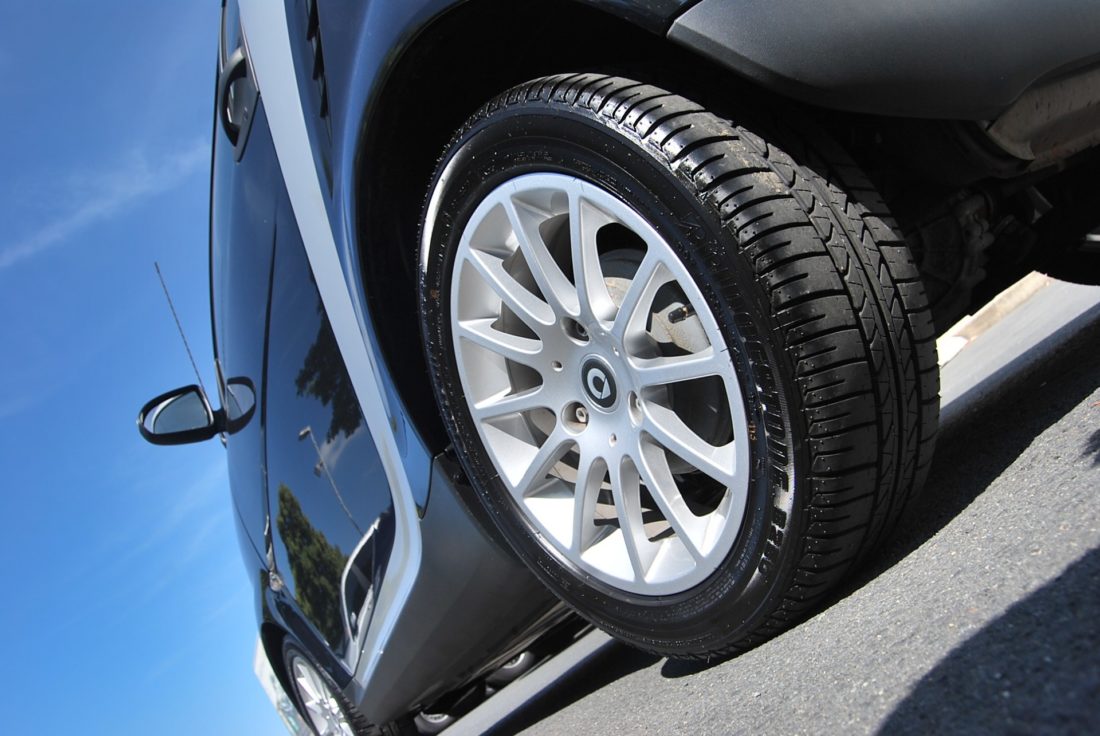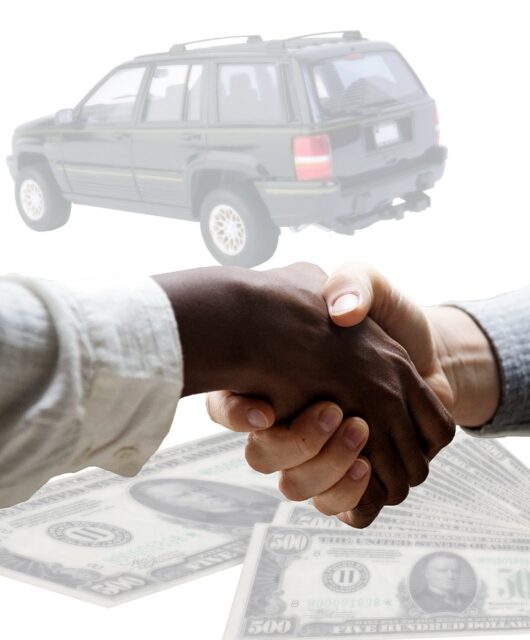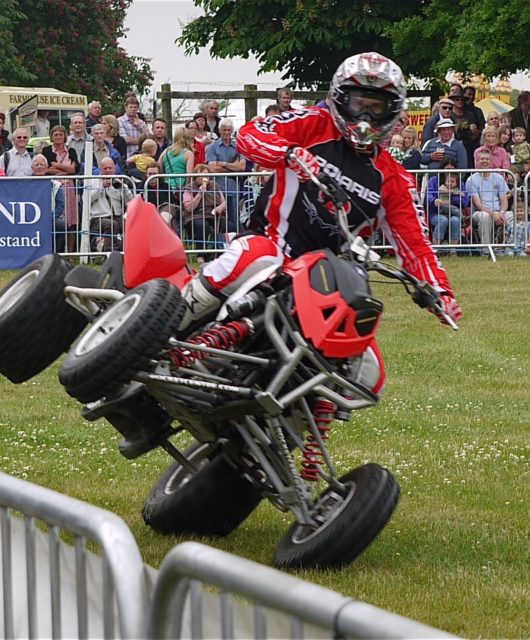Why Tire Alignment Is A Matter Of Safety

When your car heads into the shop, there are always a few key issues to address. You get the oil changed, check the exhaust system, and gauge the tire pressure – but when was the last time you got your tires aligned? Though you may not realize it, proper tire alignment is vital to safe driving and your alignment should be checked regularly, even more often than you change your oil, depending on driving conditions.
Why Alignment Matters
At its core, wheel alignment is all about how your tires make contact with the road. Thus, when improperly aligned, your tires may have abnormal tread wear patterns that make it hard to grip the road, make it hard for the car to properly transfer power, and cause strain on your vehicle.
Newer vehicles often include new safety features that alert drivers to maintenance issues, such as alignment and suspension problems, but one of the easiest ways to know if your tires are wearing unusually is to compare them to each other.
You should also check the tread depth, which you can do using a penny. Just place a penny in the treads, with Lincoln’s head facing in. If your treads are deep enough, and not overly worn, you won’t be able to see the top of Lincoln’s head.
In Alignment For Safety
There are a number of safety concerns associated with poor tire alignment that go beyond poor road grip. First of all, when your tires are not aligned, you’ll have a shorter stopping distance, making it harder to stop if the vehicle in front of you stops short.
Poor alignment can also cause your steering wheel to vibrate or pull. In fact, you’ve probably felt this before. Unfortunately, this pulling or vibration can be very strong and make it hard to steer effectively, dragging your car out of its lane and adding to your fatigue. Improper alignment can also damage suspension components if left unrepaired.
Know The Causes
What causes your car’s tires to fall out of alignment in the first place? One of the most common reasons it happens is simply hitting a bump. When you hit a large bump or pothole, your whole suspension can actually take a hit. It’s why hubcaps sometimes fly off in the aftermath – a bump can shake the whole car, leaving your tires in need of an adjustment. Obviously, car accidents can have a similar effect, only more dramatic; the main difference is that you’re more likely to go to a mechanic after an accident, and they can catch the alignment issue before it gets worse.
Alignment Variations
While you can rotate your tires yourself, realignment should be done professionally by someone who understands the different types of vehicle alignment. For example, cars with front-wheel drive and those with four-wheel drive have different alignment needs, while a car with suspension issues may need more intensive work than one only suffering wheel wear problems.
If you’re getting your oil changed and checking your tire pressure, take the time to rotate your tires and get them realigned. Proactive upkeep means preventing accidents before they happen.









